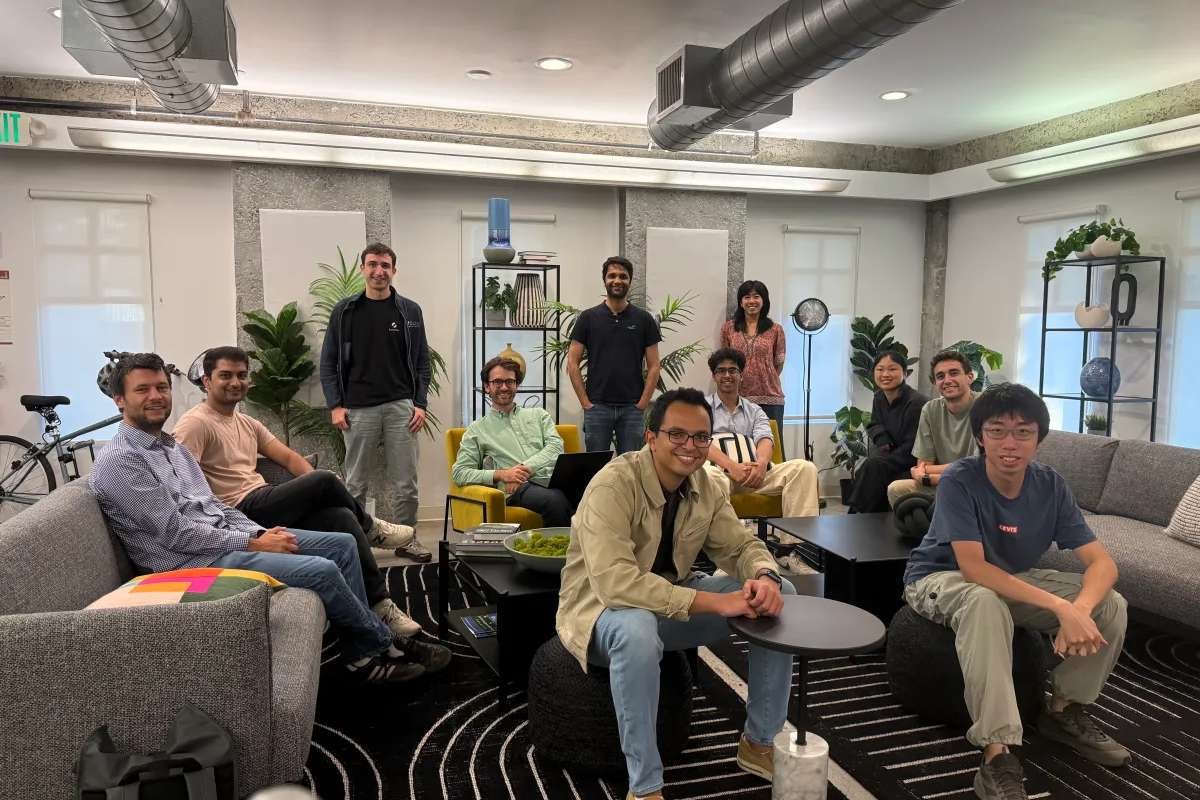Key Points:
- Inception diffusion models receive $50M to accelerate advanced development efforts.
- Focus on code and text generation, aiming to improve speed and efficiency over traditional LLMs.
- Funding supports AI innovation, positioning Inception as a key player in next-gen model architecture.
AI startup Inception diffusion models have raised $50 million in seed funding, marking one of the strongest early-stage bets on diffusion-driven language technology. The round was led by major venture capital firms, with participation from prominent enterprise investors and several well-known AI researchers. The significant investment signals growing confidence in alternative model architectures at a time when competition in the generative-AI sector continues to intensify.
Inception is led by Stefano Ermon, a Stanford professor known for his research in advanced diffusion-model systems. His team aims to apply the same underlying principles that transformed image generation to next-generation tools for code creation and textual reasoning. The company believes that diffusion-based generative systems originally developed for high-quality image synthesis can outperform traditional language models in specific technical use-cases.
The newly raised capital will fuel research, expand compute resources and accelerate the rollout of Inception’s early-stage products. Investors view the company’s approach as a potential disruptor to conventional auto-regressive large language models that dominate today’s market.
Pushing Diffusion Models Beyond Images
Inception diffusion models are built on a core thesis of generating and manipulating text and code in ways that differ fundamentally from mainstream approaches. While auto-regressive systems produce output sequentially token by token diffusion models refine an entire output in parallel through multiple steps. According to the company, this structure allows for faster generation, lower latency, and reduced computational costs, especially when handling large codebases or long text sequences.
The company has already introduced an early model, Mercury, designed specifically for software-development tasks. Mercury has been integrated into a growing ecosystem of developer tools, enabling rapid code editing, troubleshooting and synthesis. Developers who have tested the system report extremely high throughput, with speeds exceeding 1,000 tokens per second, placing it well above the performance typically associated with classical LLMs.
Inception argues that this parallel-processing capability gives diffusion-based systems an edge in enterprise engineering environments, where developers often need bulk operations, instant updates and rapid iteration cycles. The firm plans to extend the same architecture to more advanced models capable of managing multi-file repositories and sophisticated textual workflows.
Strategic Positioning in a Shifting AI Market
The successful funding round places Inception among a growing class of AI companies pursuing alternatives to the standard language-model paradigm. As enterprises increasingly adopt AI for code automation, infrastructure orchestration and large-scale documentation processes, demand for high-performance yet cost-efficient models is rising sharply.
Industry analysts note that diffusion-based text and code models remain an emerging field, but the potential upside is significant particularly in scenarios where speed and scalability outweigh the need for heavily-trained, multi-modal chat systems. Inception’s leadership believes that the sector still has “substantial room for innovation,” especially in foundational model architecture.
With robust financial backing, strong academic roots and early commercial traction, Inception diffusion models are now positioned to challenge established model strategies and shape the next phase of enterprise AI development. The company’s progress will be closely watched as diffusion-based approaches move from experimental research into mainstream adoption.


















